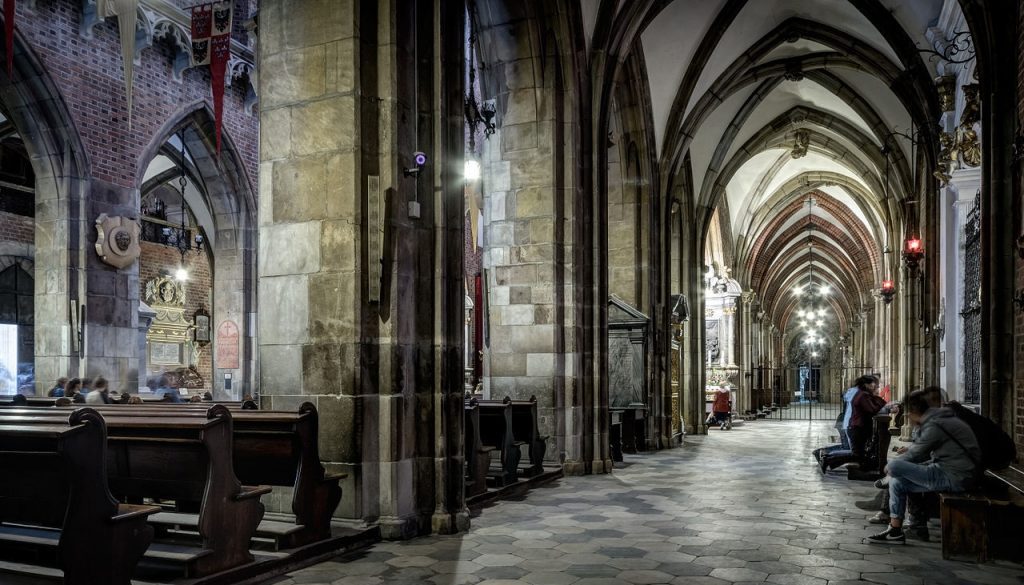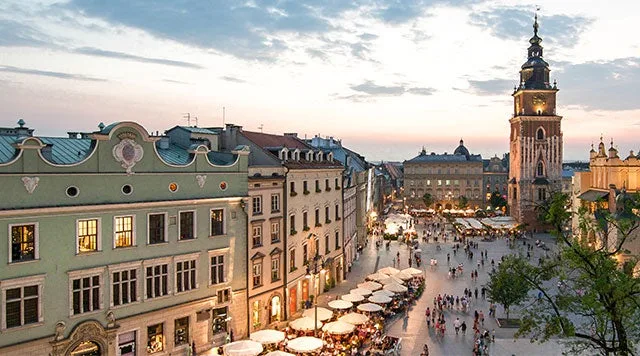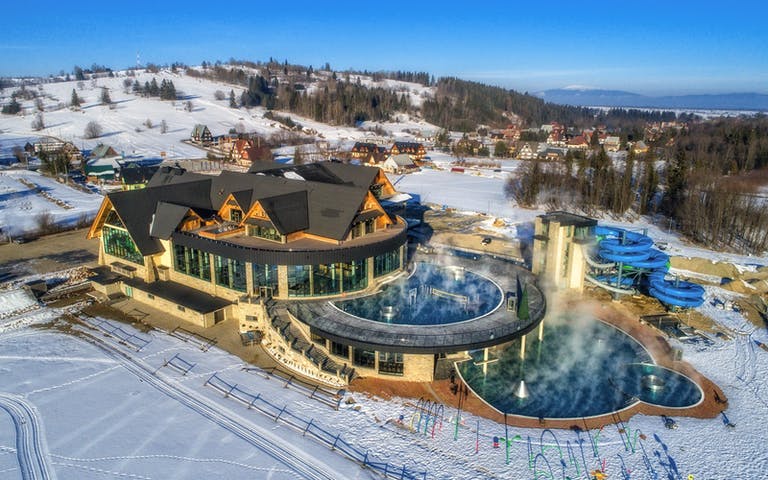
Wroclaw Cathedral
Wroclaw Cathedral, also known as John the Baptist Cathedral, is located in the Polish city of Wroclaw. Construction took place between the 13th and 14th centuries. Bishops Nankier, Thomas I and Přeclav took part in the process. The works were completed in 1361. However, in the middle of the 16th century there was a fire that almost destroyed the tower and the bells. The interior and the roof were also damaged.
The subsequent destiny of the cathedral
After the devastating fire, work began on the restoration of the building. In 1580, the towers of the cathedral were decorated with Renaissance-style domes. However, in 1759, all the beauty fell before another devastating fire. At that point it destroyed the bells as well as the organ. Some of the adjoining buildings, which had provided stability for the cathedral, were also affected by the blaze.
The Second World War also had a negative impact on the history of the building. Certain soldiers had occupied the premises of the cathedral in order to create an ammunition warehouse on its premises. After a while it was blown up, so the building itself lost 70% of its parts. The reconstruction started literally immediately after the war.

Modernity
Today, the Gothic portico, which dates back to the 15th century, can be seen today. It is situated on the west side of the main entrance to the building. The portico is characterized by decoration elements that were in demand during the Middle Ages. There is an image of a Romanesque lion. There are also columns with floral motifs.
The present cathedral is a triple nave basilica with 3 entrances. One entrance is situated on the west side, another on the north side and the last one on the south side. Looking around the area behind the choirs, one can see the main chapels. The chapel of St. Elizabeth (built in 1682) is present. Its decoration is a statue by Ecole Ferrat, a disciple of Bernini. There is also a cardinal’s tomb by Domenico Guidi.
Behind the choir you can see the Marian Chapel, created in the Gothic style. The construction period is from 1354 to 1365. There’s also a tomb. It was created by Peter Fisher the Elder. It is decorated with a miraculous statue of the Virgin Mary with the Child by Karl Johann Steinhauser in 1854.
The third or northern chapel was built in the Baroque style. It was consecrated in honour of the Corpus Christi. The construction process took place between 1716 and 1724. Johann Bernhard Fischer von Erlach was the architect. The chapel was built on the same principle as the bishop’s mausoleum. Paintings by Carlo Carlone can be seen in it. There are also sculptures by Ferdinand Brokoff as decoration.
Additional features
The cathedral is famous for housing the biggest organ in the entire Polish territory. It was built in 1913. The development took place in the German city of Ludwigsburg.
There are a few more chapels in the cathedral. However, they are not as impressive as the aforementioned ones. They are inferior in style and interior furnishings. Nevertheless, they should also be visited if possible.
Popular articles
-
 Exploring Stare Miasto: A Journey Through Time
Exploring Stare Miasto: A Journey Through TimeStare Miasto, the ‘Old Town’ of many Central European cities, …
-
 Explore Poland’s Wonders: The Slowinski Sand Dunes Experience
Explore Poland’s Wonders: The Slowinski Sand Dunes ExperienceEmbark on a journey to the Slowinski Sand Dunes, one …
-
 Discover Zakopane: Poland’s Mountain Paradise
Discover Zakopane: Poland’s Mountain ParadiseEmbark on a journey to Zakopane, the heart of Poland’s …
